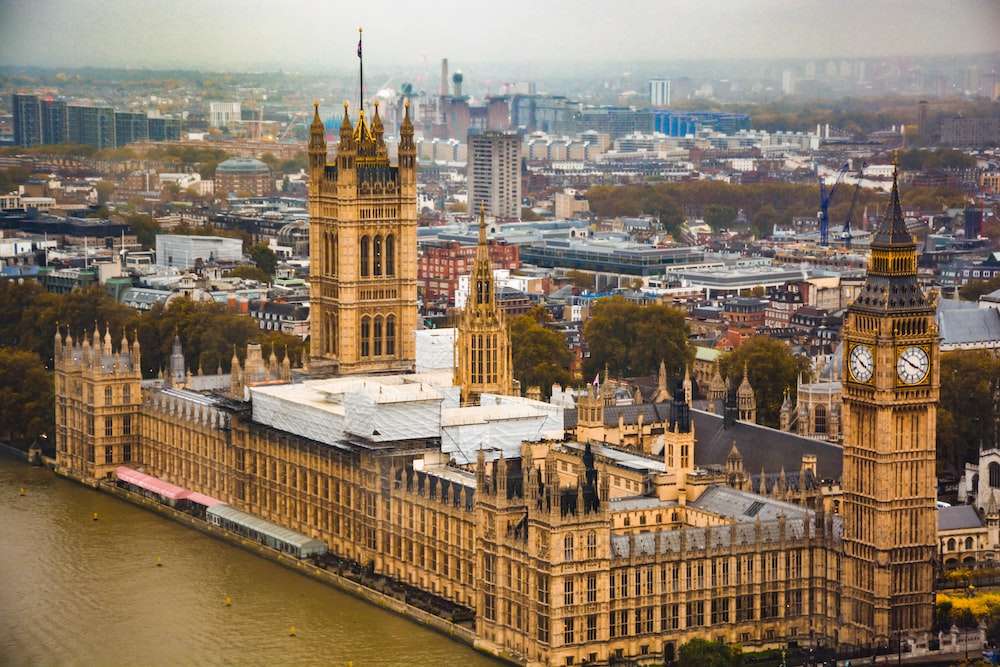Martyn Fiddler Aviation’s Director Mark Byrne and Senior Tax Advisor, Greta Kemper examine the factors to consider when contemplating a repossession and explain why and how tax considerations complicate the repossession process.
When could a repossession occur?
Repossessions usually take place because a debt obligation has not been fulfilled under the aircraft loan or lease agreement. In both circumstances the lender or lessor may want to take possession of the aircraft to realise some value.
Factors to consider prior to repossession
Repossessions are complex. There are many factors to consider:
1. Security
There may be other creditors that may have a prior claim on the aircraft, you don’t want to find yourself taking over an aircraft that may not rightfully be yours to take .
2. The location of the aircraft
Where the aircraft is located may have a considerable affect on how you deal with the repossession. While some jurisdictions are an easy and creditor friendly place in which to repossess, other jurisdictions make it notoriously difficult to exercise your security.
3. The health of the aircraft
It is important to have a good understanding of the condition of the aircraft. Is it airworthy? Are you actually able to fly the aircraft safely and in compliance with air navigation orders?
4. The registration of the aircraft
The registration of the aircraft will also have an affect on your ability to recover the aircraft. If you intend on flying the aircraft your pilots will need to be type rated in the jurisdiction the aircraft is registered; this may be easier said than done. Therefore you may need to contemplate re-registering the aircraft simultaneously with the repossession in order to have the pilot type rated to legally fly the aircraft away.
5. The ownership of the aircraft
You might be financing or leasing the aircraft but you need to consider who the legal owner of the aircraft is and what rights and obligations they have under such circumstances.
Change in possession – tax impact
When discussing tax in reference to repossession we are not just considering VAT but the import status and customs recirculation status that the aircraft may have in any particular territory. Such considerations will inform your decision as to where you can take the aircraft and where you can do things with it.
When discussing free circulation status, you must consider aircraft that has been manufactured in, and sold in one particular territory, or an aircraft that’s been imported. In order to understand your tax obligations you must gather all the aircrafts paperwork to identify whether or not the aircraft has free circulation and/or VAT status. Look for an invoice from the manufacturer to the first purchaser and any invoices from that purchaser to the next. In the case of an imported aircraft you should look at import and export certificates and any evidence of the aircraft being held outside the territory or sold outside the territory which may impact its free circulation status. You should also consider any effect Brexit may have had on the EU or UK free circulation status of the aircraft.
Once you have collated the background information of the aircrafts status you will need to use this information to consider who is going to repossess the aircraft and on what basis. The way an aircraft is repossessed is important because you need to look out for things that could potentially create a tax point for VAT purposes and may affect the aircrafts import status depending on where it is physically at the time of repossession.
Post-repossession you need to think about any VAT costs incurred. This could include any VAT on storage, repair and maintenance or legal costs. You need to ask whether the person who has taken possession of the aircraft is able to reclaim these costs? Is any other party able to reclaim them? What about if the aircraft isn’t able to move and is currently sat in a territory where none other parties involved have a VAT registration? You are then looking to reclaim VAT via length 8th of 13th directive process in the EU or the equivalence in the UK.
Furthermore you need to consider if the lending of the companies relief provisions could help you in terms of avoiding tax issues e.g. Customs Warehousing and Inward Processing. These processes are useful for storage, repair and maintenance and the sale of a aircraft. It is important to note that some EU jurisdictions will allow an aircraft to be sold while the aircraft is under VAT relief and some won’t. The UK, no longer part of the EU does now permit such a sale, making it a good jurisdiction for closing.
When do you plan a repossession?
There are three occasions when you can start planning for a repossession:
1. When creating the financing or leasing agreement
The best time to plan for a repossession is right at the beginning. Contracts can end in one of two ways, they are either successfully completed and the transaction is a complete success, or alternatively sometimes contracts fail and under those circumstances you will need to think about the possibility of repossessing the aircraft. If you prepare for such an eventuality at the beginning you will have the advantage of time, which will enable you to thoroughly plan for a potential repossession taking into account the contract, relationships, how the parties are going to operate and where the aircraft may potentially be.
2. Plan now
If you didn’t make a repossession plan when you started the contractual process then the next best time to do it is before the contract is in any sort of jeopardy. This means planning today while you have time to contemplate how you would go about repossessing the aircraft if you needed too.
3. When you actually need one
This is the worst time to start planning for a repossession because you are forced under pressure and that pressure may result in elements of the repossession process that should be given proper consideration to be rushed, overlooked or worse, you could make errors that cause you to repossess the aircraft in a way that leads you into trouble at the same time.
Planning for tax in repossession situations?
Your paperwork is crucial. The more background information you have on the aircraft the better. You would preferably arrange for this to obtained at the beginning of finance or lease. You should regularly review your documents so that you already have that information ready to make those tax decisions when you need too.
Its also really important to understand that each aircraft is different and to consequently look at each aircrafts individual circumstance. Martyn Fiddler Aviation would always recommend taking advice to ensure you don’t make any expensive mistakes. Without obtaining professional tax advice you leave yourself vulnerable to several risks including misconstruing the VAT on the cost of the aircraft or potentially leaving the aircraft open for customs authorities to seize.
Summary
- Collate the background history of the aircraft and update it as often as possible.
- Ensure you look at the individual circumstances of the aircraft
- Bear in mind that the UK is now a possible place for closing for anyone outside of the EU.
- Do your planning early and plan well, considering all of the different factors that can affect a repossession.
- Take professional advice. Build those relationships as you are doing your planning so you know who to call if you should need to consider repossessing the aircraft.



